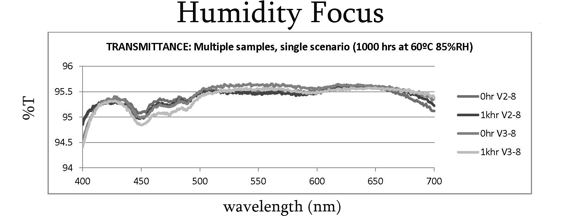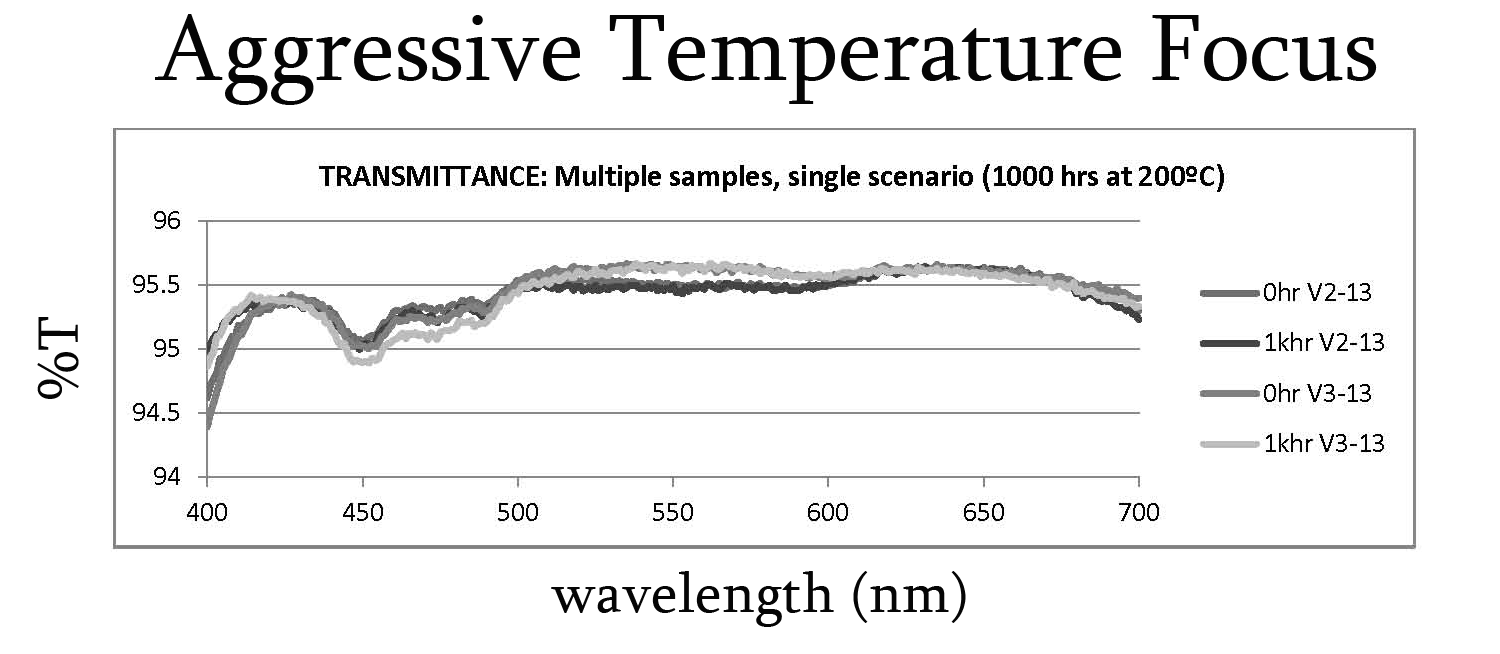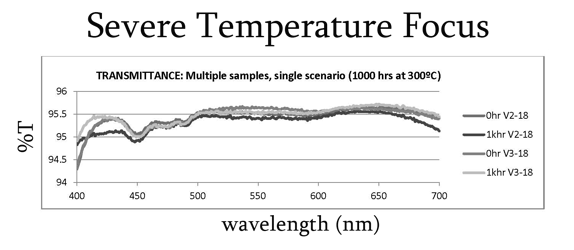Environmental durability testing is essential for optical coatings prone to degrading due to exposure to humidity, temperature changes, abrasion and exposure to chemicals. To ensure the durability of optical coatings, testing should be conducted to simulate maximum exposure to these variables. In the display industry, humidity and temperature are particularly relevant because the light from bulbs used in certain devices can create extremely high temperatures after prolonged usage. Any coatings used on optical components, regardless of the substrate, must withstand these conditions to avoid interfering with lens performance, and ultimately the performance of the entire product.
Validation tests should always be run on optical coatings to ensure customer performance specifications are met. But for some lenses, validation testing is not enough. For example, anti-reflection coatings, or AR coatings, used in display and lighting applications can crack or craze depending on the environment of usage. However, a coating designed and produced to withstand these particular conditions will protect not only the performance of the end product but the valuable substrate underneath the coating as well.
In the example below, a proprietary AR coating, Anti-Reflection VisiClear™, was used to coat an Eagle XG glass substrate for a display component that would potentially be exposed to prolonged high temperatures as well as possible humidity. Using the anticipated temperature and humidity levels, tests were developed to ensure that these conditions would not degrade the coating quality or the lenses to which they were applied.
The following data represents coating performance as the coated substrate was subjected to three sets of environmental conditions:
- Humidity Focus: exposure to 85% Relative Humidity at 60°C for 1,000 hour duration
- Aggressive Temperature Focus: 200°C for 1,000 hour duration
- Severe Temperature Focus: 300°C for 1,000 hour duration
The results are as follows:



Data conclusion: Transmission changes occurred by less than 0.25%.
VisiMax coating technicians have developed a proprietary coating process addressing both coating design and coating methodology. The VisiMax Process™ allows us to develop highly durable anti-reflective coatings on glass for a wide variety of industries with extreme environments, including, aerospace, consumer electronics, display and architectural lighting.
In addition to temperature and humidity testing, VisiMax Process coatings also have an exceptional reputation for standing up to a wide variety of other environmental factors such as abrasion, moisture and exposure to soil. These VisiMax Protective Coatings can be easily combined with AR VisiClear™ for even greater performance and durability.
Though plastic cannot withstand the same extreme temperatures as glass, VisiMax coating technicians are capable of developing optical coatings for plastics which increase plastic durability three fold. To learn more about developing a durable coating to withstand the harsh conditions your lenses are exposed to, request a quote or contact our team.





